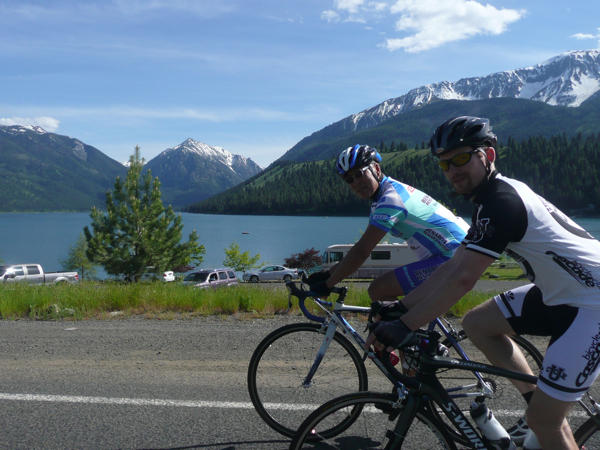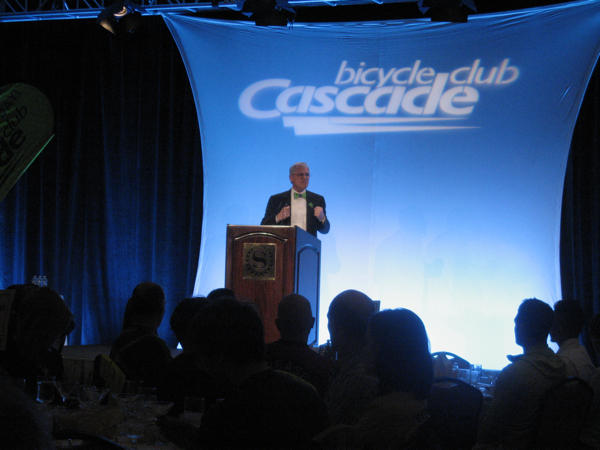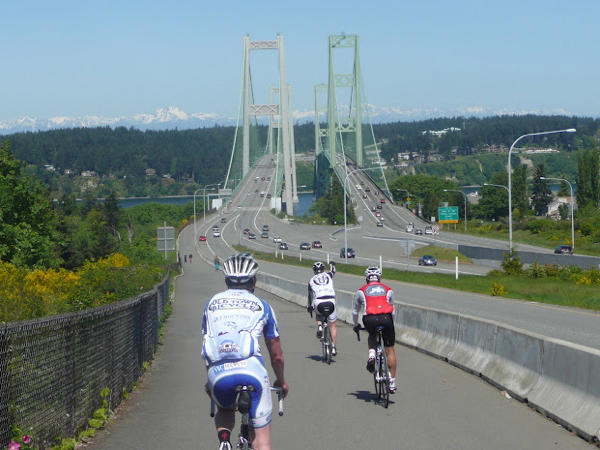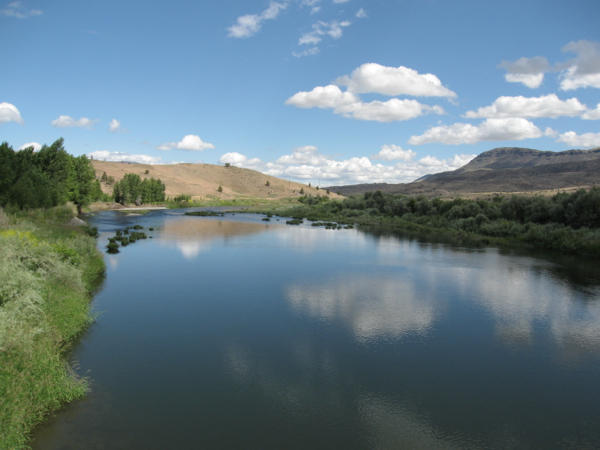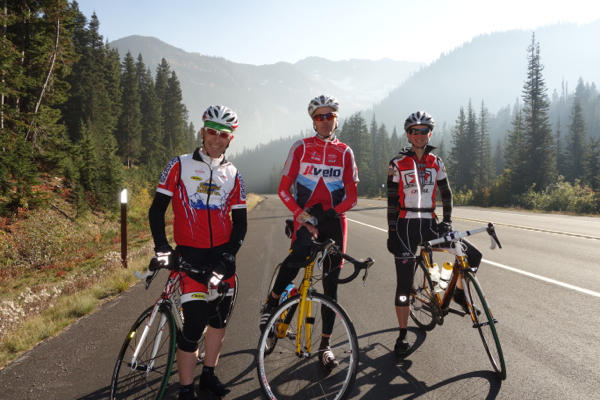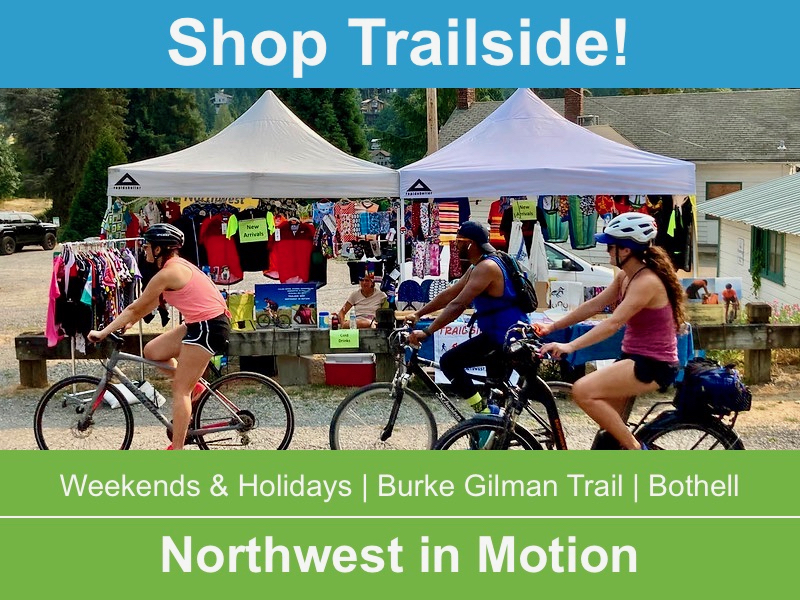For the past several years, I’ve been working on a new service called motion.social (we just call it “motion social”). Motion.social is a tool for planning and sharing fitness activities with friends, groups, clubs, and teams. I’m excited to announce that we’ve launched an early version, and we’re starting to get feedback and generate interest from (mostly) Seattle-area cycling and running groups.

Motion.social is based on the premise that groups of friends, clubs, and teams, and the fitness activities we do together are primary social hubs for millions of us, yet there aren’t any services that truly meets our needs at the moment. At launch, motion.social can be thought of as “Meetup for fitness groups,” although instead of trying to connect random individuals we’re initially focused on addressing the needs of groups who already know one another: friends, clubs, and teams.

The inspiration for motion.social grew out of co-managing the High Performance Cycling team, and being a member of about a half dozen other cycling and running groups.

For example, High Performance Cycling initially used an email group to plan rides and communicate. As the team grew, managing group membership this way became a major hassle, and planning rides via email threads was tedious. We switched to a service for parent and church groups which made group management easier, but planning rides is still cumbersome, and the user experience is circa 2002. Variations on this story are common.

Meanwhile, around 2010, services devoted to fitness data from gadgets and wearables really started to gain traction. While some of these are self-proclaimed “social networks for athletes,” based on our user interviews we’ve discovered that there are a ton of folks who don’t really care that much about fine-tuning their performance, or if they do they don’t want to share it. These services are more often used as record-keeping tools (especially the gps track) than performance-enhancing tools. Data from fitness wearables can be useful on a personal level when you have a specific training objective, but aren’t a basis for a service that truly acknowledges the social aspects of fitness activities done with friends.
The seed for motion.social was planted: build a service that makes it easy to plan and share fitness activities, and rather than a competitive orientation, emphasize the fun and camaraderie of fitness activities done with friends. Additionally, our vision includes integrating fitness retailers and food and beverage vendors that often act as “fitness social hubs.” Here in Seattle these include places like The Balanced Athlete, Fleet Feet, Super Jock & Jill, Peddler Brewing, Chainline Brewing Company, Flying Bike Brewing, Ventoux Roasters, Metier Racing and Coffee, MiiR, and the list goes on.

As the concept matured, I started to look for folks to help out. Along the way I spent a lot of time brainstorming with Jaime Larsen, an avid runner and an old friend into geocaching and the use of virtual reality in education, and Patrick McDermott, a friend who started an educational technology company and has done some crazy long distance cycling.

Eventually, I was very fortunate to connect with Justin Huff, who is an experienced entrepreneur, senior software developer, and avid trail runner. He quickly understood the concept, and jumped in with all of his brainpower and energy.

As we built momentum, we added visual designer Rebecca Jensen who joined us from Mergeo, the organization that promotes the NW Trail Runs Series, among other things.
Our front-end engineer is Rick Chen, who thrives in startup environments, and was most recently with Haiku Deck, which makes a browser-based presentation tool.
Thus far this has been a wonderful project in the fact that everyone who has contributed loves the work and is passionate about making it a reality.
I cordially invite you to give it a try with your friends and let me know how we can make the service better for you.
